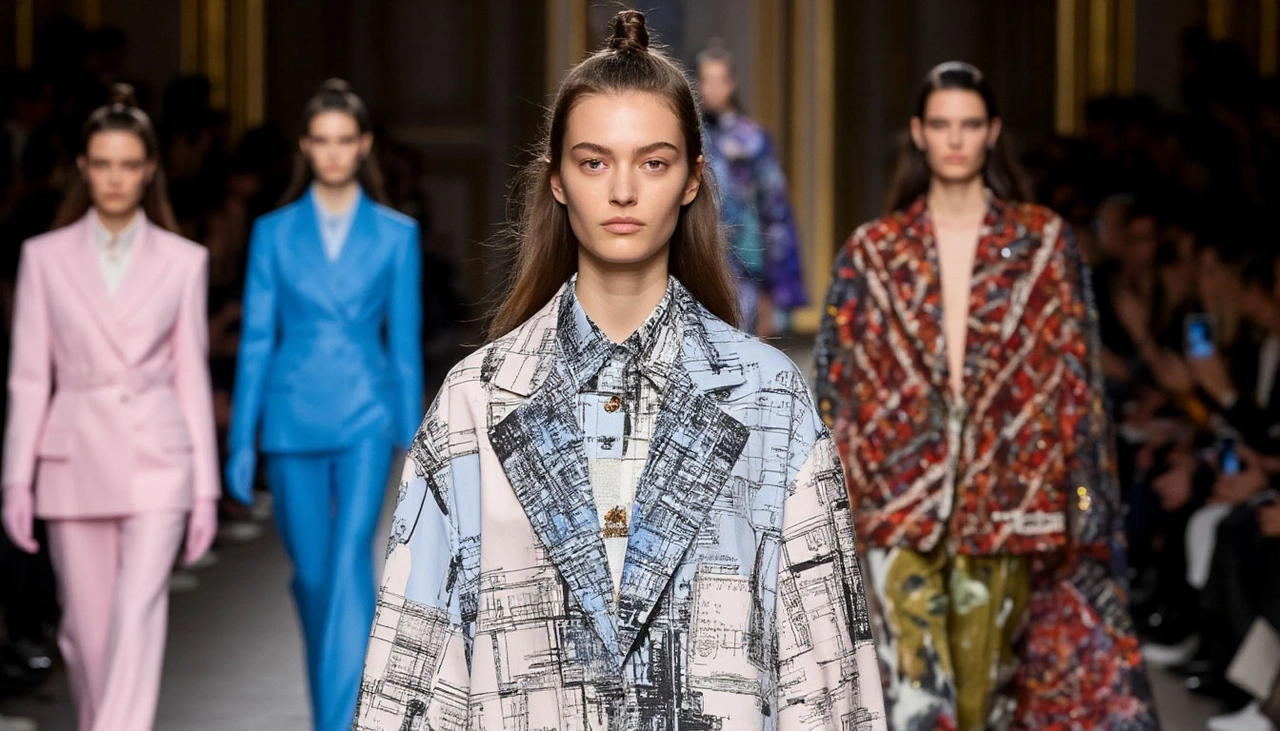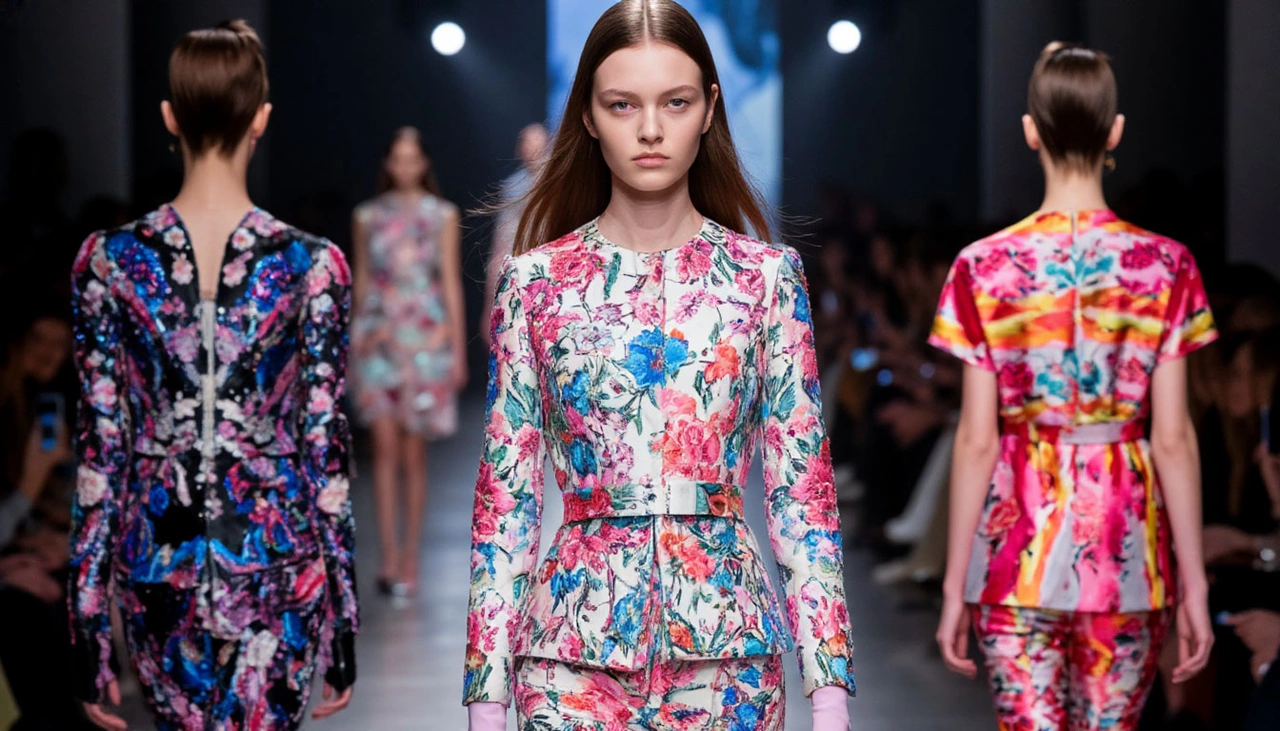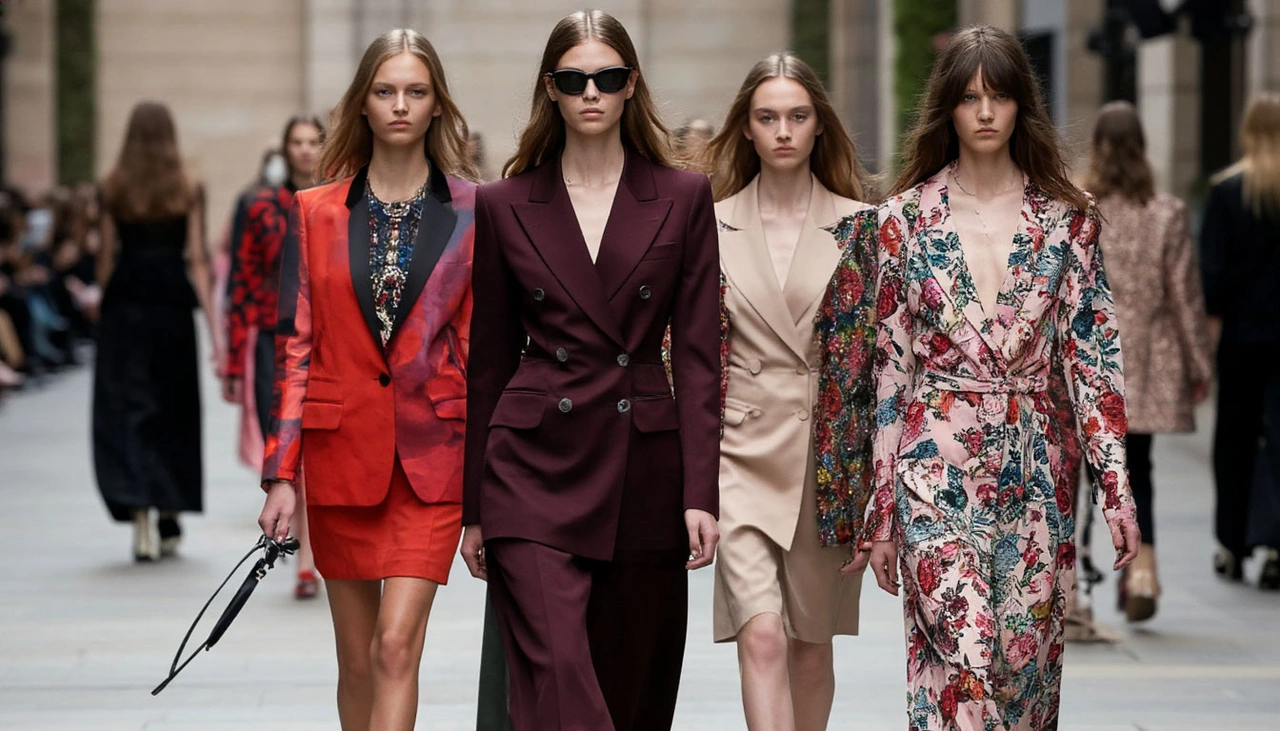Accessories Posts on Crowch
Black Friday is one of the biggest events in the world of retail. It takes place the day after Thanksgiving in the United States and marks the beginning of the Christmas shopping season. Today, Black Friday has become a global phenomenon, spreading far beyond America’s borders.
The history of the term
The phrase “Black Friday” first appeared in the mid-20th century. Originally, it was used in Philadelphia to describe the heavy traffic and chaos on the streets after Thanksgiving, when crowds rushed to shop. Over time, the term took on a new meaning: on this day, many stores moved from being “in the red” (operating at a loss) to being “in the black” (turning a profit). Thus, Black Friday became a symbol of massive sales and economic gain.
Traditions and features

Black Friday is associated with huge discounts and early store openings. Many retailers launch sales at midnight or in the early morning, while eager shoppers line up hours or even days in advance. Sometimes, the frenzy leads to humorous or even chaotic situations, with people competing for limited quantities of popular items.
With the rise of the internet, Black Friday expanded beyond physical stores. Online platforms like Amazon have made the event accessible to millions of people around the world. For shoppers, it is an opportunity to buy electronics, clothing, and gifts at reduced prices; for retailers, it is a powerful way to attract customers and boost profits.
Global expansion
Although Black Friday originated in the United States, it is now celebrated in many countries. Across Europe, Latin America, Asia, and even Russia, retailers have adopted large-scale sales inspired by the American tradition. This makes Black Friday not only an economic event but also a cultural symbol of globalization.

Impact on economy and society
The economic impact of Black Friday is enormous. In the United States, sales on this day often reach tens of billions of dollars. However, the holiday has its critics: some see it as a symbol of excessive consumption, where people buy not out of need but because of discounts.
On the other hand, Black Friday remains an important driver for businesses and workers alike, from logistics companies to delivery services. For small businesses, it is also a chance to gain visibility in a highly competitive market.
Conclusion
Black Friday is more than just a day of discounts. It reflects the modern world: a combination of consumer culture, marketing, and global economics. For some, it is a holiday of bargains; for others, a reason to reflect on the value of material goods and consumer habits. One thing is certain: Black Friday has firmly established itself in the calendar of global events and continues to shape the rhythm of commerce in the 21st century.
Italy is not just a country — it’s a mood. It’s the music of the streets, the aroma of coffee at dawn, the taste of sun-ripened tomatoes, and the voice of history echoing from every wall, square, and arch. When you’re in Italy, you’re not just traveling — you’re feeling. You’re alive.
Rome overwhelms you with grandeur. You don’t just see ruins — you feel the heartbeat of an empire within them. The Colosseum, the Forum, the Pantheon — they aren’t just monuments, they are witnesses of eternity. Next to them, even modern life feels fleeting.
Florence inspires. A city soaked in art, where the air itself seems to hum with creativity. You walk the same streets as Dante and Michelangelo. In the Uffizi, you don’t just observe paintings — you step into an era. Every facade, every alley feels like the brushstroke of a master.

Venice is a dream that floats. You don’t need to understand it — just breathe it in, drift through its canals, and lose yourself in its quiet magic. In this city, you stop rushing — and start simply being.
Southern Italy is a different kind of heartbeat. Sicily, Naples, the Amalfi Coast — everything here is louder, brighter, more alive. Emotions aren’t hidden — they’re lived. People are like the sun: warm, real, and full of life.
And then — the food. Real pasta, the freshest pizza, wine from vineyards where every grape knows the sun by name. In Italy, you don’t just eat — you celebrate life.

Every trip to Italy is a return. To beauty. To flavor. To yourself.
If I had to choose one word to define Paris Fashion Week Spring/Summer 2025, it wouldn’t be “elegance,” “avant-garde,” or even “innovation.” It would be: reflection.
Paris, the historical heart of haute couture, has always been a city where fashion speaks louder than words. But this season, the message wasn’t just about aesthetics or trend forecasting — it was about holding up a mirror to who we are and where we’re going.
After a few turbulent years of aesthetic disorientation — think “core” trends flaring and fading in TikTok time, AI-generated garments flooding digital showcases, and a thousand debates about sustainability that felt more performative than practical — the SS25 shows offered something radically different: depth.
Take Maison Margiela, for instance. John Galliano’s latest collection was nothing short of a visual poem. Gone were the theatrics for their own sake; instead, models walked a rain-slicked runway in garments that seemed to whisper instead of scream. Frayed silks, reworked archival tailoring, and biodegradable embellishments spoke of impermanence, memory, and care — not just for the planet, but for history and craft.
Balenciaga, ever the disruptor, surprised everyone by going tactile. After years of exaggerated silhouettes and ironic statement pieces, Demna presented a muted, contemplative collection grounded in wearability and — dare I say — vulnerability. Slouchy linen suiting, textured cottons, and recycled denim reflected not post-apocalyptic despair, but a kind of emotional softness. One look in particular — a sand-colored coat with hand-sewn seams exposed like stitches in skin — felt like an open wound dressed beautifully.
But perhaps the most talked-about show was Marine Serre’s, and not for shock value. Her presentation, staged in a solar-powered open-air greenhouse on the outskirts of Paris, was a living, breathing testament to regeneration — both ecological and cultural. Models walked barefoot on moss-covered ground, wearing garments made from upcycled sportswear, vintage silks, and even deadstock bridal lace. It wasn’t just a runway show. It was a statement of values. A manifesto.

So what does all this mean for fashion lovers like us — the ones who don’t just watch fashion but live inside its rhythm?
It means that style is no longer separate from substance. We’re moving past fashion as fantasy into fashion as function — not just in utility, but in emotional resonance. There was a time when fashion week was primarily about aspiration. You watched, you dreamed, and you maybe bought the fragrance. But in 2025, shows are built around participation. Sustainability isn’t a feature — it’s a foundation. Inclusivity isn’t tokenized — it’s embodied.
This year’s Paris Fashion Week also reflected another major shift: the role of technology in fashion has matured. No longer a gimmick, digital design tools, AI-assisted patterning, and even blockchain-backed material tracking were integrated into the collections — invisibly, intelligently. Instead of digital avatars walking in cyberspace, we saw human bodies in human spaces, enhanced (not replaced) by tech.
For me, one of the most moving aspects of this season wasn’t on the catwalk at all. It was in the conversations that buzzed afterward — in cafés, on social media, in voice notes shared between fashion students and editors. People weren’t just discussing what the designers did, but why. There was dialogue. Curiosity. Even disagreement — which, in fashion, is a sign of vitality.
2025 may not be the flashiest year in fashion history, but it might just be one of the most important. It’s the year the industry collectively asked: Who are we serving? What are we reflecting? Are we reacting — or responding?
As someone who’s followed fashion my whole life — through the Tumblr era, the influencer explosion, the digital runway revolution — I can say this confidently: something’s shifting. The shows in Paris this season felt like the start of a new chapter. One where beauty isn’t just about image, but about impact. And where the clothes we wear carry not just a designer label, but a deeper story.
And maybe that’s what fashion should’ve been all along.
If you’ve been paying attention to fashion lately, you’ve probably noticed that 2025 isn’t about shock value, eccentricity, or even trends in the traditional sense. It’s about pause. About exhale. About rethinking not just what we wear — but why we wear it.
After several years of global upheaval — from pandemics to climate anxiety to economic turbulence — fashion seems to be regaining its breath. No, it hasn’t become boring. But it has become quieter, more intentional, more introspective. And within that silence, a new set of questions emerges — questions fashion has long avoided. Why do we wear what we wear? What’s behind the fabric, the cut, the brand? Who gets to belong in fashion, and who’s still left on the outside?

Silence as the New Luxury
The most powerful trend this year isn’t visual — it’s philosophical. It’s slowness. Brands are stepping away from the frantic pace of collections and fashion calendars. Words like timeless, seasonless, and essential dominate the conversation. Garments are becoming investments again — not just trophies from the latest hype cycle.
Take Bottega Veneta’s Spring/Summer 2025 collection: it’s a love letter to craftsmanship. No gimmicks, no flash — just texture, shape, and quiet. Jonathan Anderson at Loewe offers reimagined classics through form and feel. Even Balenciaga, once the provocateur of fashion shock, is embracing a new kind of restraint — nearly philosophical in tone.
Fashion is no longer shouting. And that, in itself, is a bold statement.
Identity: Not a Mask, But a Space
The old idea that “fashion is self-expression” is evolving in 2025. It’s no longer just about choosing between skirts and pants. It’s about navigating identity between cultural codes, social cues, and digital layers. More than ever, clothing has become a space where we can be ambiguous, vulnerable, and unresolved.
Young designers — from AREA to rising brands across Latin America and Asia — are creating clothes that don’t impose gender, style, or status. They offer flexibility, fluidity, openness. The 2025 aesthetic isn’t just about layering fabric — it’s about layering meaning.
Digital, Physical, and the Body in Between
Tech is still on the runway, but with more nuance. The days of metaverse hype and NFT fashion drops are fading, replaced by something more hybrid and grounded. Designers are now exploring digital-physical pairs as tools for everyday function, not just spectacle. You might wear a dress in real life and its AR counterpart lives with your avatar — not as a novelty, but as a natural extension.
This evolution changes how we perceive the body, too. It no longer has to be ideal. It can be scanned, reshaped, interpreted — both digitally and physically. Fashion in 2025 is no longer about “displaying” the body, but about “experiencing” it. We’re not dressing for others’ gaze — we’re dressing for our own inner resonance.

Sustainability: From Buzzword to Ethos
“Sustainability” has echoed through the industry since the early 2010s. But in 2025, it finally feels lived-in, not just branded. Brands aren’t just using recycled fabrics; they’re rethinking supply chains, production cycles, and the very idea of ownership.
What inspires me most is the rise of local craftsmanship, micro-batches, and transparent production. It’s no longer about made in Italy — it’s about made with time. Consumers are asking smarter questions: Who made my clothes? How were they paid? What happens to this garment when I’m done?
Fashion as a Mirror, Not a Megaphone
Ultimately, fashion in 2025 reflects not just what we want to wear, but how we want to live. It has become quieter, smarter, more layered. We no longer chase looks — we search for feeling. Clothing, in this new era, becomes a second skin — not just to the body, but to the soul.
As someone who follows fashion not for the glamour but for the meaning, I find this deeply hopeful. For the first time in years, fashion isn’t dictating — it’s listening. It’s not offering ideals — it’s asking questions. And that makes it not just beautiful, but truly alive.